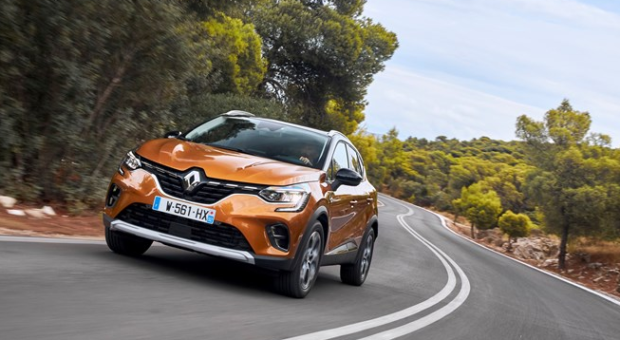
The history of automotive safety features is a testament to the industry’s commitment to protecting drivers and passengers. Over the decades, car manufacturers and safety experts have innovated and implemented a wide range of features designed to prevent accidents and reduce the severity of injuries when collisions occur. This article traces the evolution of automotive safety features, highlighting key milestones that have significantly contributed to making vehicles safer for everyone on the road.
The Early Years: Seatbelts and Crumple Zones
Seatbelts: The First Line of Defense
The introduction of seatbelts marked the beginning of modern automotive safety features. Though simple in design, the seatbelt is arguably the most significant safety advancement in automotive history. Patented in 1885 by Edward J. Claghorn to help secure tourists in taxis in New York City, the seatbelt didn’t become a standard feature in vehicles until much later. It was Volvo engineer Nils Bohlin who designed the modern three-point seatbelt in 1959, a design that Volvo generously left open to all car manufacturers due to its potential to save lives.
Crumple Zones: Absorbing Impact
Another early innovation in automotive safety was the development of crumple zones by Mercedes-Benz in the 1950s. Crumple zones are designed to absorb and redistribute the force of a collision away from the vehicle’s occupants, significantly reducing the risk of injury. This concept revolutionized automotive design, leading to vehicles that could better protect passengers in the event of a crash.
Advancements in Technology: Airbags and Anti-lock Braking Systems (ABS)
Airbags: Supplementing Seatbelts
Airbags, designed to deploy in the event of a collision and provide a cushion for occupants, further enhanced vehicle safety. The first commercial airbag was introduced by General Motors in the early 1970s. Since then, airbags have become a standard feature in vehicles, with innovations such as side-impact and curtain airbags offering additional protection.
Anti-lock Braking Systems (ABS): Preventing Skidding
Introduced in the 1970s, ABS prevents the wheels from locking up during braking, allowing the driver to maintain steering control and helping to avoid skidding. This system has become standard in vehicles, significantly improving driver control during emergency braking situations.
The Digital Age: Electronic Stability Control and Advanced Driver-Assistance Systems (ADAS)
Electronic Stability Control (ESC): Enhancing Control
ESC, introduced in the 1990s, improves a vehicle’s stability by detecting and reducing loss of traction. It automatically applies the brakes to individual wheels, helping the driver to maintain control in slippery conditions or during abrupt maneuvers.
Advanced Driver-Assistance Systems (ADAS): Towards Autonomous Driving
The 21st century has seen the rapid development of ADAS, leveraging sensors, cameras, and artificial intelligence to assist drivers. Features such as adaptive cruise control, lane-keeping assist, and automatic emergency braking have become increasingly common, paving the way for fully autonomous vehicles. These systems not only improve safety but also enhance the driving experience by reducing the burden on the driver.
The Future: Autonomous Vehicles and Beyond
The ultimate goal in automotive safety is the elimination of accidents altogether. Autonomous or self-driving vehicles, currently under development by companies like Tesla, Google’s Waymo, and others, promise to dramatically reduce the frequency and severity of accidents. By removing human error, which is a factor in the majority of collisions, autonomous vehicles could revolutionize road safety.
Conclusion
The evolution of automotive safety features from simple seatbelts to sophisticated autonomous systems reflects the industry’s ongoing commitment to saving lives. Each innovation builds upon the last, contributing to vehicles that are safer, smarter, and more capable of protecting their occupants. As technology advances, the future of automotive safety looks promising, with the potential to significantly reduce, if not eliminate, the risks associated with driving
















